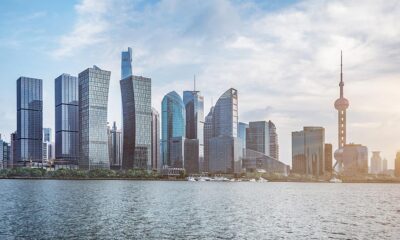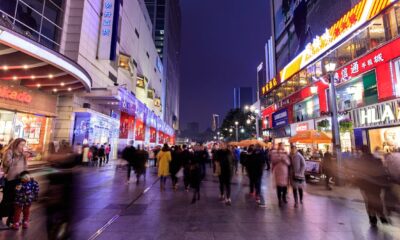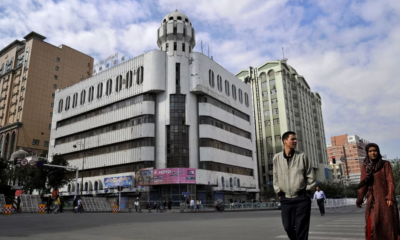Economics
China: how have farmers benefited from the World Bank Integrated Modern Agriculture Development Project?
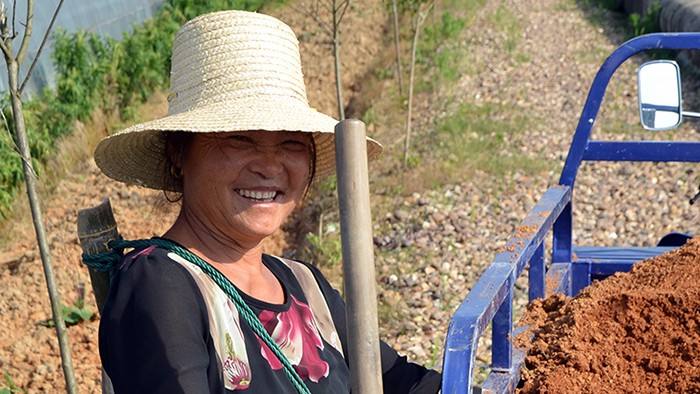

On a warm, rainy day in Shantian Village of Luo Fang Town in Jiangxi Province, farmer Liu Jian, along with five other locals, welcomed our World Bank mission team, including technical experts from the Investment Centre of the Food and Agriculture Organization (FAO), into his home.
All six have benefited from the Integrated Modern Agriculture Development Project (IMAD) Project since 2014, when implementation began by the County Office for Comprehensive Agriculture Development.
The project focuses on developing sustainable and climate-smart agriculture in six provinces across China. In Shantian Village, the project has funded new and improved irrigation systems, showcased farming practices that enrich the soil without the use of chemicals, introduced new crop varieties, and helped train farmers on how to increase crop yields while also protecting the environment.
One of the new practices introduced by the project is “no-tillage” seeding in rice paddies. “We were skeptical at first, so we each only tried it on a small amount of land,” farmer Liu Jian recalled, “Then we found it worked much better.”
Another farmer, Liu Daigeng, nodded in agreement: “It is less labor intensive, and the new crop varieties bring better yields and higher prices. We’ll still change the variety after a couple of years, but right now this [new variety] works best for us.”
Similar stories were told at another meeting with farmers from Hengdong County’s Evergreen Cooperative in Hunan Province, where the project helped them improve their irrigation and drainage systems. As a result, irrigation water has become more consistently available, and farmers could better plan their crops.
At a nearby vegetable cooperative, the project helped set up a cold storage facility to help preserve produce and provided training on how to better market, package, and add value to the peppers that the farmers were selling.
In the Shanzhang Town of Hengdong County, the project helped the Gifu Water Users’ Association construct a new canal and buy pump and other irrigation and drainage infrastructure. It also helped train farmers on how to manage and preserve the village’s water system. This investment benefited 97 percent of the households in the area, who previously had no consistent access to irrigation water due to broken canals and changes in weather patterns. Farmers have also begun adopting climate smart practices like alternate wetting and drying for rice paddies, which reduces emissions of greenhouse gases.
Our World Bank mission team, with technical assistance from the FAO Investment Centre, also held a three-day National Workshop on Sustainable and Climate-Smart Agriculture for 110 participants, including project management staff, engineering design contractors, and monitoring and evaluation specialists in Chongqing Municipality.
Our subsequent field visits to Kaixian, Hengdong, and Yushui show that the IMAD Project has helped improve farmers’ resilience to climate change through improved irrigation systems and…
Business
Gordonstoun Severs Connections with Business Led by Individual Accused of Espionage for China
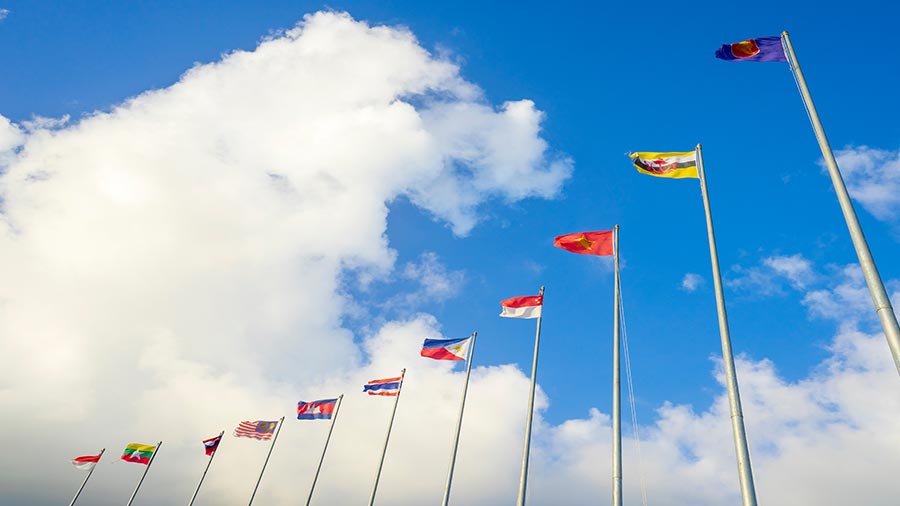
Gordonstoun school severed ties with Hampton Group over espionage allegations against chairman Yang Tengbo. He denies involvement and claims to be a victim of political tensions between the UK and China.
Allegations Lead to School’s Decision
Gordonstoun School in Moray has cut ties with Hampton Group International after serious allegations surfaced regarding its chairman, Yang Tengbo, who is accused of being a spy for the Chinese government. Known by the alias "H6," Mr. Tengbo was involved in a deal that aimed to establish five new schools in China affiliated with Gordonstoun. However, the recent allegations compelled the school to terminate their agreement.
Public Denial and Legal Action
In response to the spying claims, Mr. Tengbo publicly revealed his identity, asserting that he has committed no wrongdoing. A close associate of Prince Andrew and a former Gordonstoun student himself, Mr. Tengbo has strenuously denied the accusations, stating that he is a target of the escalating tensions between the UK and China. He has claimed that his mistreatment is politically motivated.
Immigration Challenges and Legal Responses
Yang Tengbo, also known as Chris Yang, has faced additional challenges regarding his immigration status in the UK. After losing an appeal against a ban enacted last year, he reiterated his innocence, condemning media speculation while emphasizing his commitment to clear his name. Gordonstoun, on its part, stated its inability to divulge further details due to legal constraints.
Source : Gordonstoun cuts ties with business chaired by man accused of spying for China
Business
China Dismantles Prominent Uyghur Business Landmark in Xinjiang – Shia Waves

The Chinese government demolished the Rebiya Kadeer Trade Center in Xinjiang, affecting Uyghur culture and commerce, prompting criticism from activists amid concerns over cultural erasure and human rights violations.
Demolition of a Cultural Landmark
The Chinese government recently demolished the Rebiya Kadeer Trade Center in Urumqi, Xinjiang, a vital hub for Uyghur culture and commerce, as reported by VOA. This center, once inhabited by more than 800 predominantly Uyghur-owned businesses, has been deserted since 2009. Authorities forcibly ordered local business owners to vacate the premises before proceeding with the demolition, which took place without any public notice.
Condemnation from Activists
Uyghur rights activists have condemned this demolition, perceiving it as part of China’s broader strategy to undermine Uyghur identity and heritage. The event has sparked heightened international concern regarding China’s policies in Xinjiang, which have been characterized by allegations of mass detentions and cultural suppression, prompting claims of crimes against humanity.
Rebiya Kadeer’s Response
Rebiya Kadeer, the center’s namesake and a notable Uyghur rights advocate, criticized the demolition as a deliberate attempt to erase her legacy. Kadeer, who has been living in exile in the U.S. since her release from imprisonment in 2005, continues to advocate for Uyghur rights. She has expressed that her family members have suffered persecution due to her activism, while the Chinese government has yet to comment on the legal ramifications of the demolition.
Source : China Demolishes Uyghur Business Landmark in Xinjiang – Shia Waves
Business
Yakult Unveils Restructuring Plans for Its China Operations | ESM Magazine
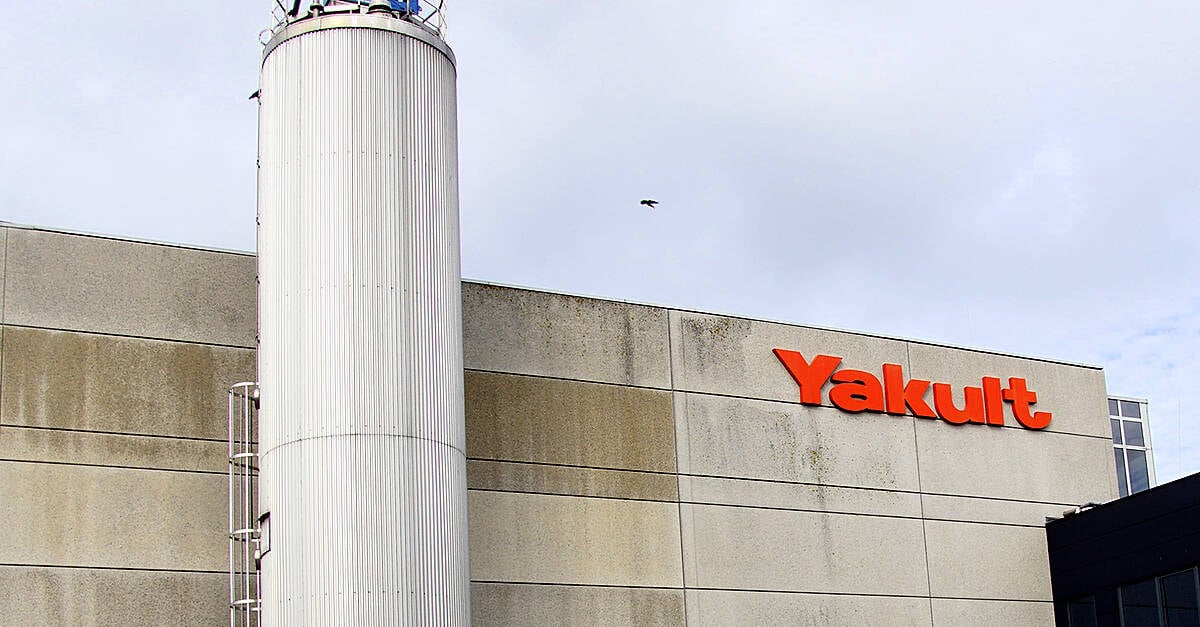
Yakult reorganized its China operations, dissolving the Shanghai subsidiary while opening a new branch. Manufacturing now consolidates at Wuxi and Tianjin plants, aiming for enhanced efficiency and growth.
Yakult’s Business Reorganisation in China
Yakult has announced a significant reorganisation of its operations in China, aiming to enhance competitiveness and sustainability. The company has dissolved its wholly-owned subsidiary, Shanghai Yakult, which previously managed manufacturing and sales functions. This strategic move is expected to streamline its operations in the Chinese market.
New Branch and Manufacturing Adjustments
Yakult’s head office in China has established a new branch in Shanghai, transferring the sales division from Shanghai Yakult to this location. As of December 6, the branch has started selling various products, including Yakult and its light variants. Meanwhile, the manufacturing plant in Shanghai has ceased operations, with production capacity now absorbed by the Wuxi and Tianjin plants to ensure efficient supply.
Commitment to Growth
The company remains steadfast in its dedication to the Chinese market and is optimistic about future growth. Yakult reassured stakeholders that the reorganisation will have minimal financial impact and aims to enhance efficiency. Founded in 2005 in Shanghai, Yakult China currently employs approximately 2,216 individuals, reinforcing its commitment to customer health and expanding operations.
Source : Yakult Announces Reorganisation Of China Business | ESM Magazine


